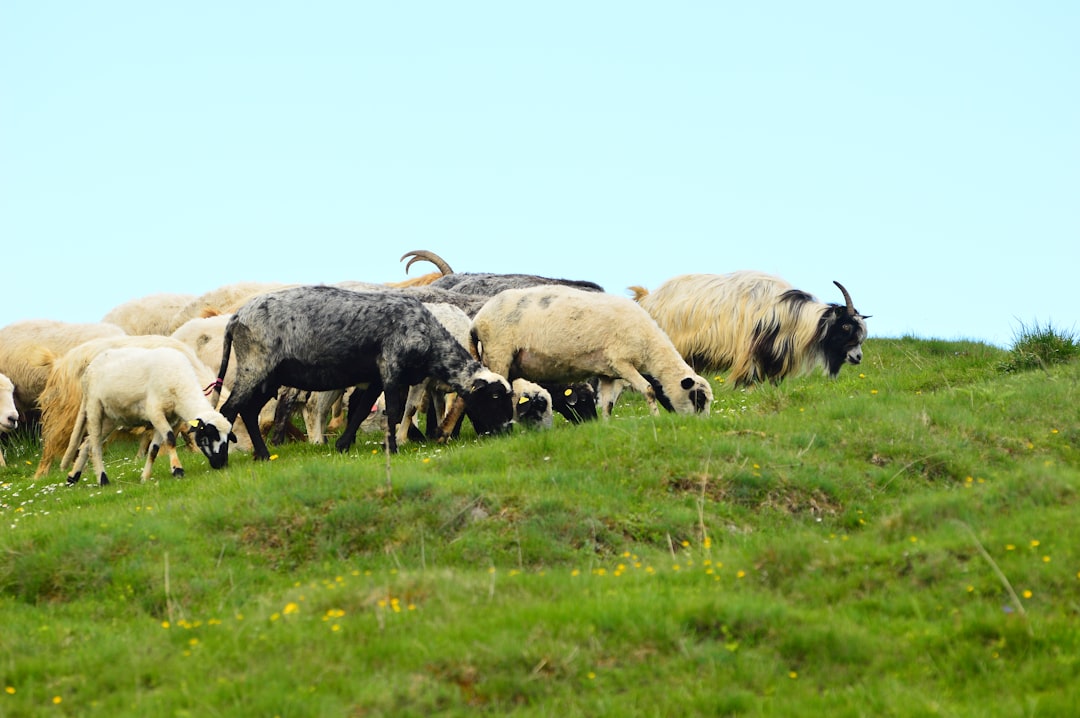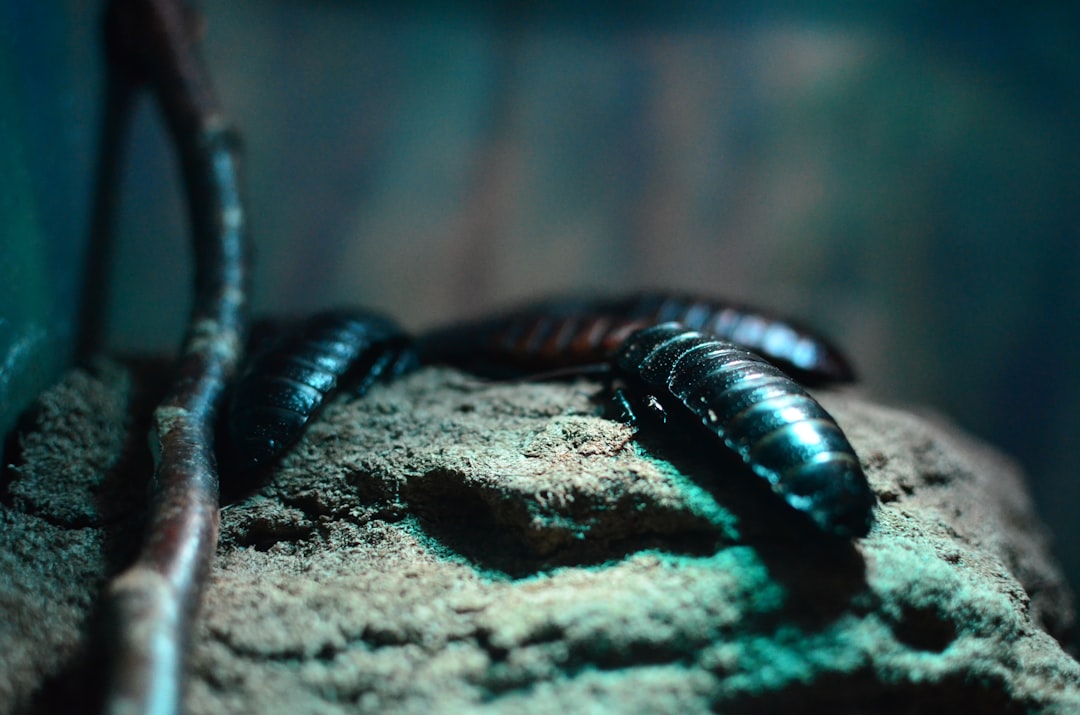What is it about?
The diet of white stock is studied during its breeding period at the east of Algeria. This study is based on analyses of 240 regurgitation pellets regularly collected since its arrival in February till the departure of the colony in July A total of 12234 prey was identified, and distributed in invertebrates (99,24%) and vertebrates (0,76%). Invertebrates are represented by Gasteropoda, Arachnida, Crustacaea, Myriapoda and Insecta. Insecta are dominant and regularly consumed during months and years. The relative abundance of identified prey in pellets was low during the first months of each year. Coleoptera was the principal entomological prey, consumed in all months of all years except in july (1998) and may (1998) succeeded respectively by Orthoptera and Dermaptera. The consumption of the principal insect families prey varied over the years: Carcinophoridae are more consumed in 1997, Tenebrionidae and Forficulidae in 1998, Tenebrionidae in 1999 and Carabidae in 2007. The statistical analyses indicated highly significant impact of months (p <0,001) and years (p <0,001) on orders and families of prey insect frequency. These results indicate the presence of temporal variations in the dynamics of the populations that frequent the feeding grounds of this opportunistic species.
Featured Image
Read the Original
This page is a summary of: Diet variability in the White Stork Ciconia ciconia in eastern Algeria, Ostrich, May 2014, Informa UK Limited,
DOI: 10.2989/00306525.2014.971451.
You can read the full text:
Contributors
The following have contributed to this page










